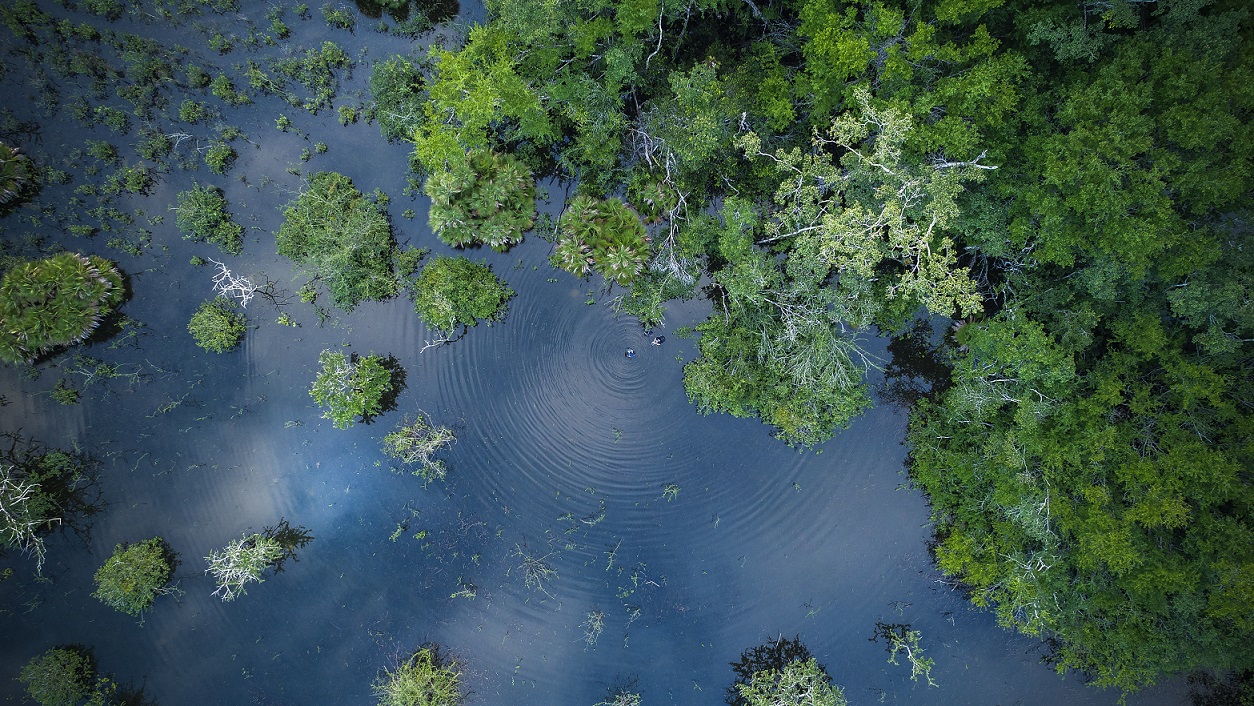Coastal Harvestable Rights – Catchment Based Assessments
Harnessing our expertise in hydrological modelling, Alluvium Consulting helped shape data-driven water policy through assessing changes to Harvestable Rights in NSW's coastal catchments.

Water management is an important issue in balancing environmental sustainability and landholder rights. In New South Wales, the Department of Planning and Environment – Water (DPE Water) commissioned a major project to assess potential changes to the Harvestable Rights Policy in coastal-draining catchments. Harvestable rights, defined under the Water Management Act (2000), allow landholders to construct dams on their properties to collect and store rainfall runoff.
Alluvium Consulting was a key contributor in this significant project, leading the development of a Decision Support Tool (DST) to evaluate the opportunities and risks associated with adjusting harvestable rights limits. This interactive tool enhances transparency in decision-making by integrating hydrological modelling with catchment values, allowing policymakers to better understand the trade-offs involved.
The web-based DST provides a risk and opportunity framework that quantifies the impacts of different harvestable rights scenarios. It assesses changes in water availability, evaluates hydrological consequences across catchment areas, and considers the ecological, economic, and social values of coastal water sources.
By comparing potential policy settings against a modelled baseline of streamflow and existing catchment development, the tool provides data-driven insights to support informed water policy decisions. By bringing together the best available data, modelling, and stakeholder perspectives, this project contributes to the development of policies that balance water security, environmental health, and landholder entitlements in coastal NSW.


